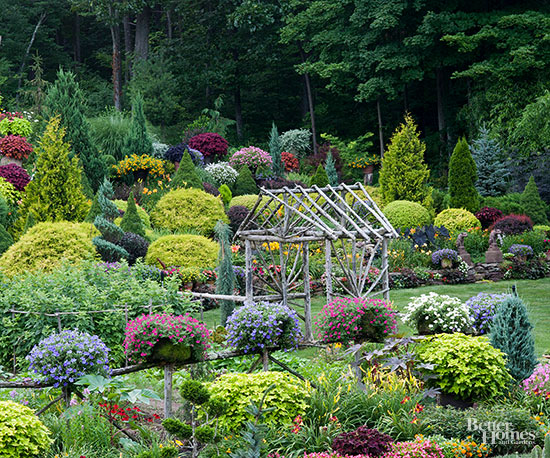






It sounds as though your juniper trees have a fungal disease called cedar-apple rust (Gymnosporan-gium). The orange balls you see are the fruiting body of the fungus. The first year of infection, the fungus forms a brownish-green swelling 1-2 inches in diameter on the juniper branch. The following spring, during warm, rainy weather, the ball sends out jellylike orange projections that produce spores that spread the disease to apple trees. Cedar-apple rust is not a serious problem on junipers (which are commonly called cedars, although they are not true cedars), although infected twigs may die. The problem is more serious on apple trees, the alternate host for the fungus. The disease can't spread from juniper to juniper or from apple to apple. The disease alternates between the two.
continue reading belowOne way to break the cycle is to make certain that apples and junipers are planted far apart. (In urban and suburban settings, this may be less practical, because you can't control what your neighbors plant.) Another control is to remove the brownish-green balls from your juniper during their first year, before they develop their orange spore horns. On apples, the disease shows up as orange spots on leaves and fruit. Again, the tree is not permanently damaged, but the fruit can be seriously disfigured.
Copyright © www.100flowers.win Botanic Garden All Rights Reserved